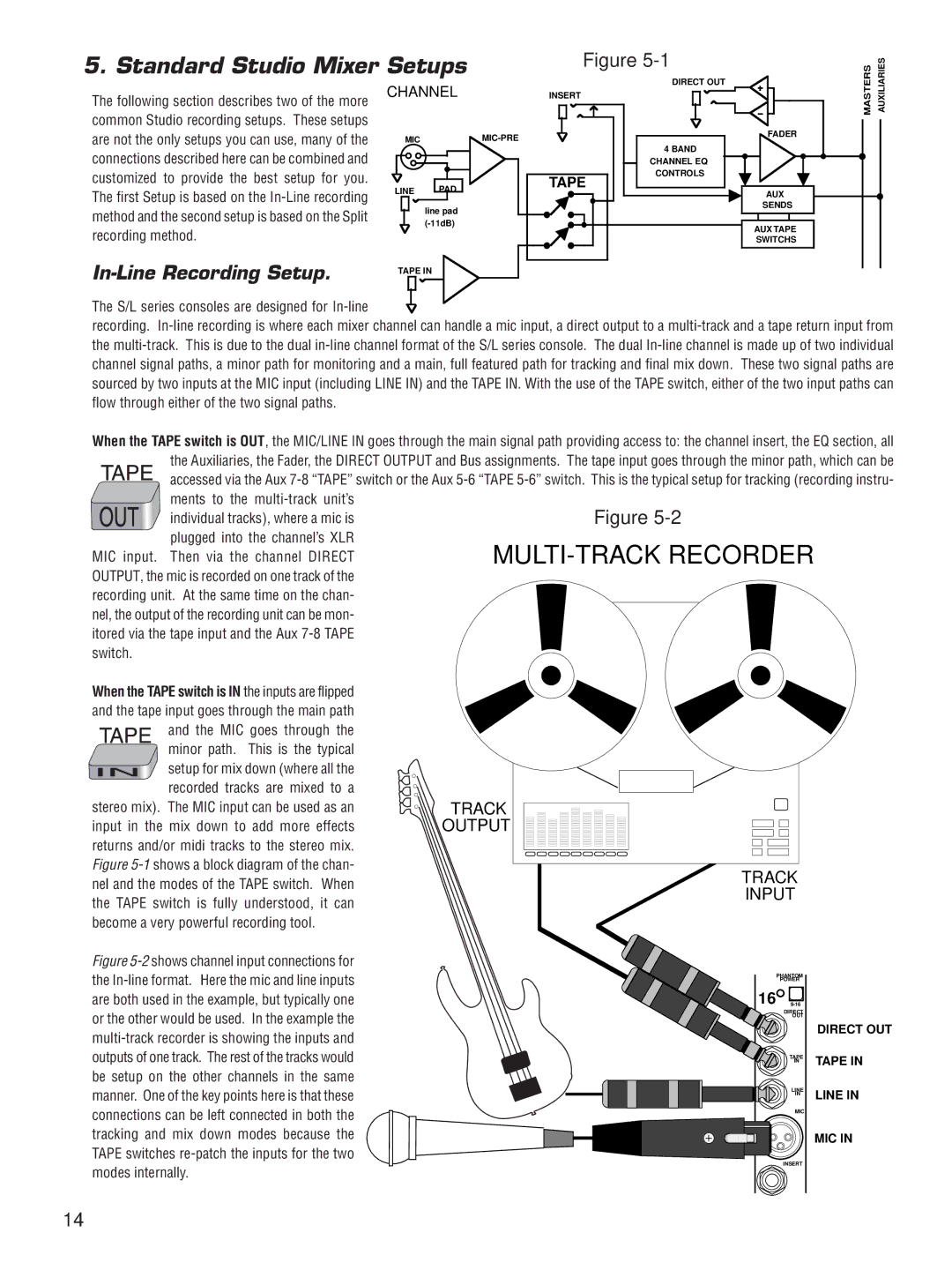SL40C specifications
The Carvin SL40C is a cutting-edge guitar amplifier that showcases the innovative spirit of Carvin, a company known for its high-quality sound equipment. The SL40C is designed specifically for guitarists seeking a versatile and powerful amp that can meet the demands of various musical styles, from rock and blues to jazz and country.At the heart of the SL40C is its all-tube design, which provides a warm, rich tone that digital amps often struggle to replicate. The amp features a 40-watt output, making it suitable for both practice sessions and live performances. One of the standout characteristics of the SL40C is its dual-channel configuration, allowing players to switch between clean and overdriven tones effortlessly. This feature enables guitarists to achieve a wide range of sounds, from pristine cleans to creamy distortion.
The amp is equipped with a 12-inch speaker that delivers a robust sound with clarity and depth. The cabinet is designed to enhance the tonal characteristics, providing a balanced response whether playing clean chords or heavy riffs. The SL40C also has built-in reverb, adding depth to the sound and allowing musicians to create a more ambient atmosphere during performances.
One of the key technologies incorporated in the SL40C is its unique tone shaping controls. The amp includes a three-band EQ (bass, middle, treble) that allows players to sculpt their sound to fit any musical style. Additionally, the presence control enhances high frequencies, giving players the ability to achieve a bright and cutting tone.
Another impressive aspect of the Carvin SL40C is its portability. Weighing in at a manageable level, the amp is easy to transport, making it a favorite among gigging musicians who require a reliable and powerful solution without compromising on sound quality.
Durability is also a top priority in the design of the SL40C. The rugged construction ensures it can withstand the rigors of travel and live performances, while the classic aesthetic appeals to players who appreciate a vintage look.
In conclusion, the Carvin SL40C shines as a versatile and powerful amplifier capable of delivering exceptional sound quality across various musical genres. Its all-tube design, dual-channel functionality, and effective tone-shaping controls make it an indispensable tool for guitarists looking to elevate their sound. Whether in the studio or on stage, the SL40C continues to impress with its rich tones and robust features.

